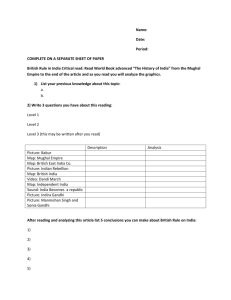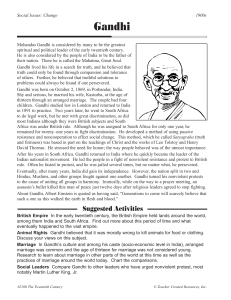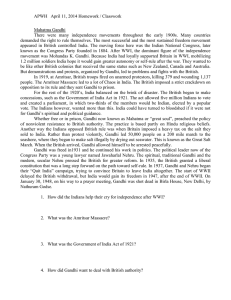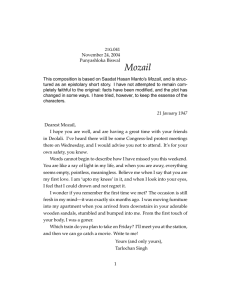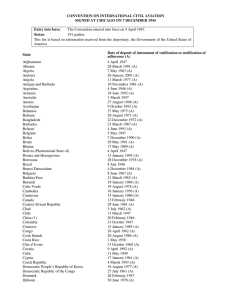The National Archives Learning Curve | British Empire | End... Home Gallery >
advertisement
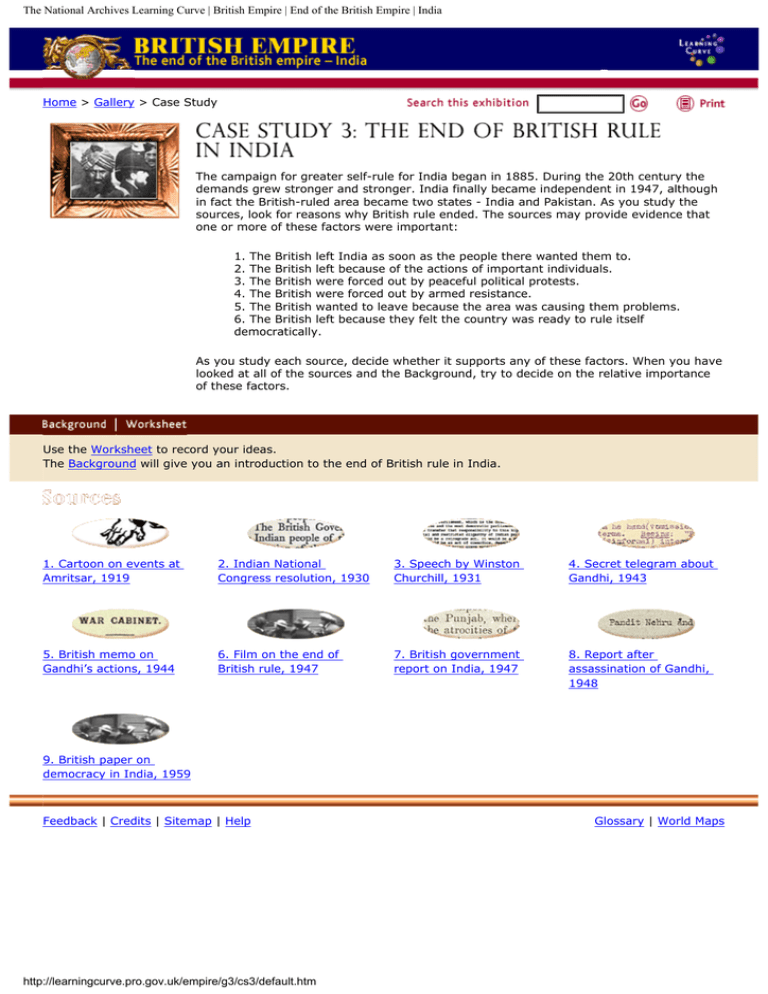
The National Archives Learning Curve | British Empire | End of the British Empire | India Home > Gallery > Case Study The campaign for greater self-rule for India began in 1885. During the 20th century the demands grew stronger and stronger. India finally became independent in 1947, although in fact the British-ruled area became two states - India and Pakistan. As you study the sources, look for reasons why British rule ended. The sources may provide evidence that one or more of these factors were important: 1. The British left India as soon as the people there wanted them to. 2. The British left because of the actions of important individuals. 3. The British were forced out by peaceful political protests. 4. The British were forced out by armed resistance. 5. The British wanted to leave because the area was causing them problems. 6. The British left because they felt the country was ready to rule itself democratically. As you study each source, decide whether it supports any of these factors. When you have looked at all of the sources and the Background, try to decide on the relative importance of these factors. Use the Worksheet to record your ideas. The Background will give you an introduction to the end of British rule in India. 1. Cartoon on events at Amritsar, 1919 2. Indian National Congress resolution, 1930 3. Speech by Winston Churchill, 1931 4. Secret telegram about Gandhi, 1943 5. British memo on Gandhi’s actions, 1944 6. Film on the end of British rule, 1947 7. British government report on India, 1947 8. Report after assassination of Gandhi, 1948 9. British paper on democracy in India, 1959 Feedback | Credits | Sitemap | Help http://learningcurve.pro.gov.uk/empire/g3/cs3/default.htm Glossary | World Maps

